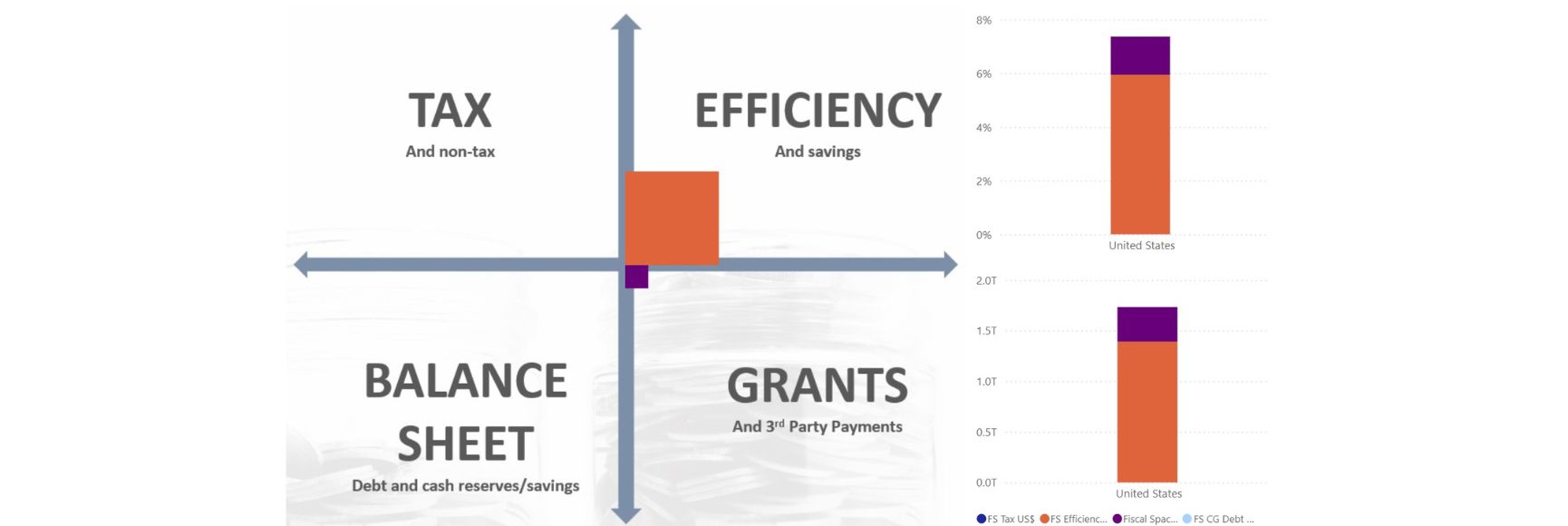Budget credibility is recognized as one of the key pillars of a sound PFM system. In the PEFA framework, it is measured by comparing the actual execution of the budget with the original estimate. The 2022 PEFA Global Report (2022 PEFA Report on Global Financial Management), found that poor budget execution is one of the key challenges to budget credibility. And yet the PEFA framework goes no further than the administrative and economic classification level. If it had drilled down further to the project level, that conclusion would likely have been even stronger.
Public Investment Management Assessment (PIMA) reports confirm that project implementation is a major source of weakness, especially in low income countries (What is PIMA (imf.org). What are the main challenges?
1. Project Management Capacity
Not all implementing agencies have a permanent project management unit. Most agencies designate existing staff to work on a project while continuing their regular work. In most cases, these designated staff have not been trained as project managers. Some agencies might have requested counterpart funding from a donor to cover technical staff and local consultants. Still, the administrative requirements of the project are assigned to existing staff.
2. Availability of funding for start-up
The next project need is start-up funding for recruitment of staff or consultants, and procurement of goods and services. Some donors provide an advance or reimbursement. A reimbursement scheme makes sense but requires an advance payment from the agency’s budget. Cash may not be available at the start of the project. Some countries provide a stand-by appropriation that is not programmed until the agreement with donor has been approved and an initial remittance is deposited.
Funding arrangements are supposed to be integrated into the project design. Donors even volunteer to fund feasibility studies or work on project design. Some donors help by paying consultants directly.
3. Procurement
Especially for complex projects, a problem could be the lack of a qualified local provider/supplier and the investor must resort to external sources. To expedite such projects, some countries have allowed early pre-procurement activities even before the budget has been approved. These may include preparation of the requisition and specification documents, and bidders’ pre-qualification. Some donors (for example, the World Bank, ADB, USAID, and UNDP) may offer the use of their own procurement system. This option has happened especially in less advanced countries.
Unless it is provided for in the procurement law, multi-year contracts or delivery by installments pose an issue, especially if the country lacks a medium-term budget framework as a basis for certifying the total funding commitment of the government. Even if the procurement is to be funded by a donor, if the agreement does not explicitly certify funding, accountants would be hesitant to sign the funding certification for fear of complaints (or lawsuits) against them.
4. Other Implementation risks
Software or hardware become problems when there is no efficient service guaranty from the supplier or when there is no local expertise. There have been projects delayed more than a year only because the installed system or machine is not running as expected.
Climate change is another risk factor especially in the Asia and Pacific regions. One project was conceptualized with the assumption that it would work in any climate environment, but it turned out not feasible in a tropical one. Climate changes or natural disasters should not be avoided, but their impact can be minimized if the project feasibility study underscores this key risk factor, so that appropriate risk mitigating measures can be implemented.
5. Oversight, Monitoring and Coordination
When it comes to oversight, there are still countries that allow some projects to operate through off-budget funds. The challenge for any off-budget fund is often the limited oversight it provides. Hence transparency and accountability are undermined.
There are also weaknesses in countries’ M&E frameworks. Automated monitoring systems have been developed and people trained to operate them. But monitoring systems have not been standardized and frequently, monitoring is done only as the need arises, at the specific request of a donor or country officials. Likewise, project monitoring reports are seldom published. If information is not made public through the social media or other avenues, cases of incomplete or substandard construction or delays may not be discovered.
Conclusions and Recommendations
Ideally, risk management should be integrated in project management systems. Donors have a significant role too. They should be encouraged to review their funding policies and processes so that these support project management and promote greater transparency and accountability.
If project implementation can be improved, governments could avoid significant inefficiency costs and delays. There would be a big potential payoff for productivity and economic growth. Countries should consider strengthening project management as one of the strategic objectives in their PFM reform roadmaps.




